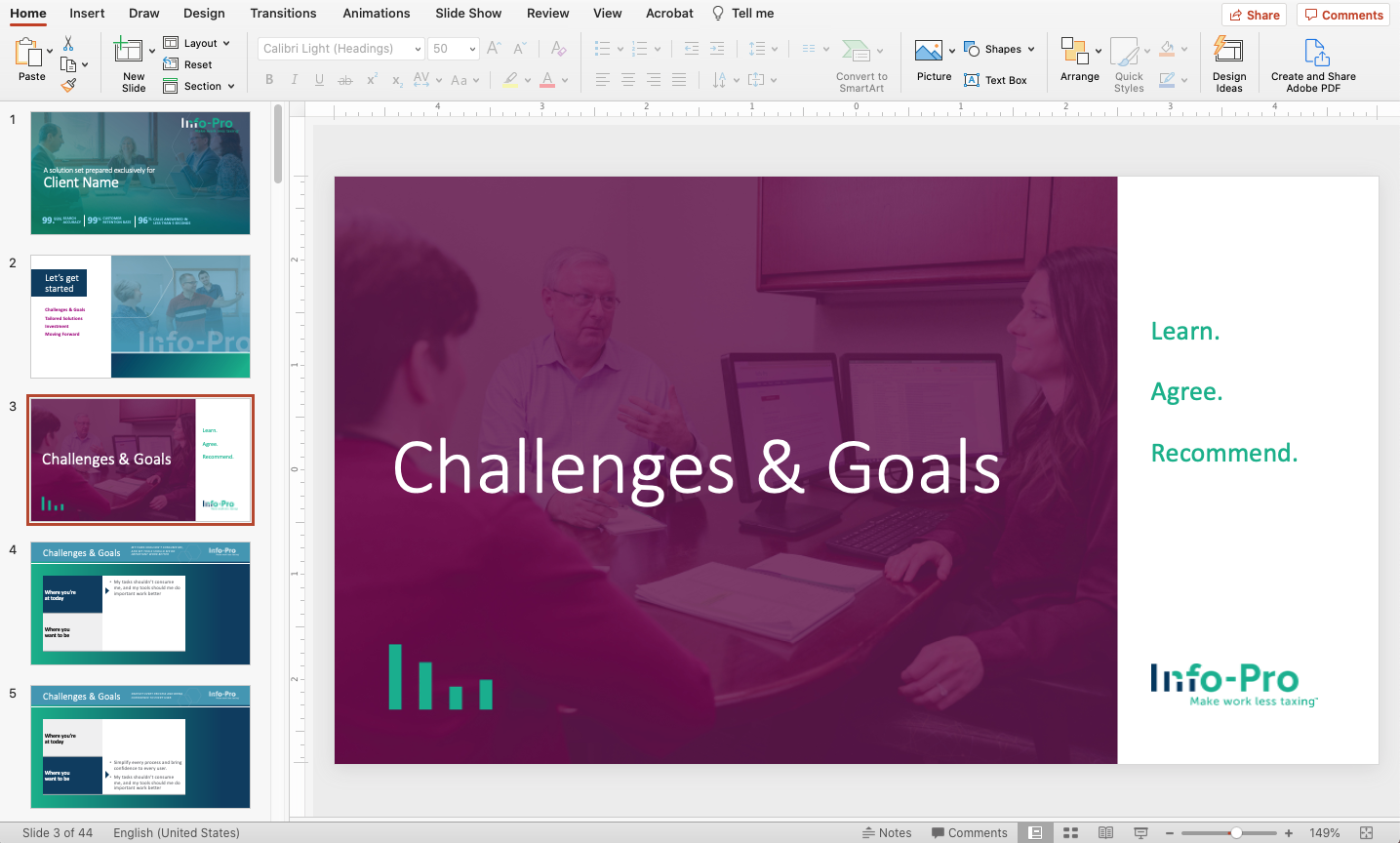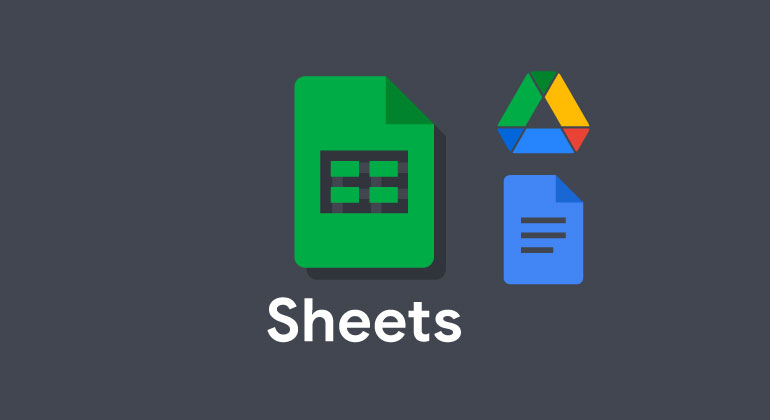A Guide for Better Collaboration in Google Drive

January 8, 2019

Google Drive has become a staple in many companies, securely backing up a diverse range of files while allowing for easy collaboration between numerous parties. With simple sharing and editing tools, you can keep everyone necessary involved and up-to-date, all on one dynamic platform.
Now maybe you’re already using Drive, but are you fully aware of all the unique tools it has to offer? Here’s a general user’s guide, along with helpful tips and tricks we found along the way to make collaboration amongst your team more efficient.
Getting Started
If your work email is not provided by Google Apps, you’ll have to create a Google account to collaborate in Google Drive—where you’ll find Docs and Sheets. Creating a Google account is free, easy and provides access to a growing list of powerful applications like Mail, Calendar, Drive, Photos and more. It’s as simple as going to Google.com, clicking “Sign in,” then “Create account.”
If you don’t plan on regularly using Gmail and only want to use Drive to collaborate with others, don’t fret. You can set up Automatic Forwarding in Gmail so any Drive notifications—like changes or invitations—will be forwarded to your work email address.
Organization tips
On first glance, there are a few features that make Drive easier to navigate. Based on your preference, you can change the view from grid to list. List View can be more helpful navigating many documents, while the Grid View provides you with immediate previews of items. You can always preview any item with a right click and selecting “Preview.” The Preview option is also available on a selected item in the upper right toolbar.
The left-hand sidebar is useful for finding items quickly. “Shared with me” allows you to access items that others shared with you but you did not add to your Drive. It is not necessary to add items to your Drive to collaborate. “Recent” and “Starred” are also helpful in finding important items. The details panel on the right is great for a quick view of recent activity or specific details on a file or folder. Of course, you can search for any file, folder or collaborator at the top.
Folders
Folders are excellent for organizing files. Whether Docs, Sheets or other files, folders allow you to gather everything related to a topic or project to one area. Folders can be shared, automatically sharing every item that’s added to them with the collaborators. It’s even possible to “unshare” or change privileges for a specific item in a shared folder by accessing that item’s Sharing settings. Changing the colors of folders and starring them allows for even easier navigation in Drive.
Docs
Docs is probably the most popular collaboration app within Drive. It is a rich text editor similar to Microsoft Word with many of the same features. When collaborating in Docs, consider using “Suggest edits” rather than typing color-coded text within a paragraph to convey your input. To suggest an edit, select text, right-click and choose “suggest edits.” If you are proofing content and would like to suggest multiple edits, you may want to change the mode in the upper right from Editing mode to Suggesting. A suggested edit can be instantly accepted and applied; they can also be rejected or commented on. Comments are also useful for keeping a document clean, tracking who said what, and resolving suggestions when they are no longer relevant. Docs tracks comments and suggestions and even emails collaborators about them.
Other useful tools are the Document outline, accessible from the View menu, and Version History under “File.” Document outline can help you navigate a long document, provided that subheads are used with either bold text or a text style like Subtitle or Heading. Version History shows all edits, suggestions, and comments made on the document since its creation and is helpful if you need to find when and by whom a change was made.
Sheets
Sheets is a close second to Docs in the Drive app set. This app is Google’s spreadsheet app, similar to Microsoft Excel. Some useful features in Sheets include adding multiple sheets, duplicating sheets, and hiding sheets. Renaming a duplicate sheet is an important step to keep your files organized. Hidden sheets can help keep the bottom toolbar clean and can be viewed by clicking the All sheets button at the bottom. Comments are also available in Sheets, as are Notes. Notes are similar to comments but simpler and useful for extraneous information about a cell that can save space in your Sheet layout. Version History is accessible in Sheets as well, though it can get difficult to navigate if your sheet count becomes large.
It will depend on your workflow and preference, but generally multiple Sheet documents within a folder is easier to navigate than multiple tabs within a single Sheet document. Try to keep the text size around 11 point for body cells. Large text can make a document very difficult to view on a laptop or mobile device. For readability, zoom in with your browser. This will enhance collaboration by not requiring others viewing on smaller screens to zoom out.
Drive can also be used to store other types of files, but watch your storage space—Google will require you to purchase more if you use it up with high-resolution images or videos. Drive will also allow you to upload Microsoft documents and convert them to Docs or Sheets files. The tools within Drive allow for communicative and efficient collaboration. Don’t be afraid to explore them and let us know some of your favorite Drive super-user tips in the comments!

![10 Little-Known Google Chrome Features That Are a Big Help [Video Tutorials]](https://blog.mzltd.com/hubfs/Images/chrome-tips-blog-770.jpg)



